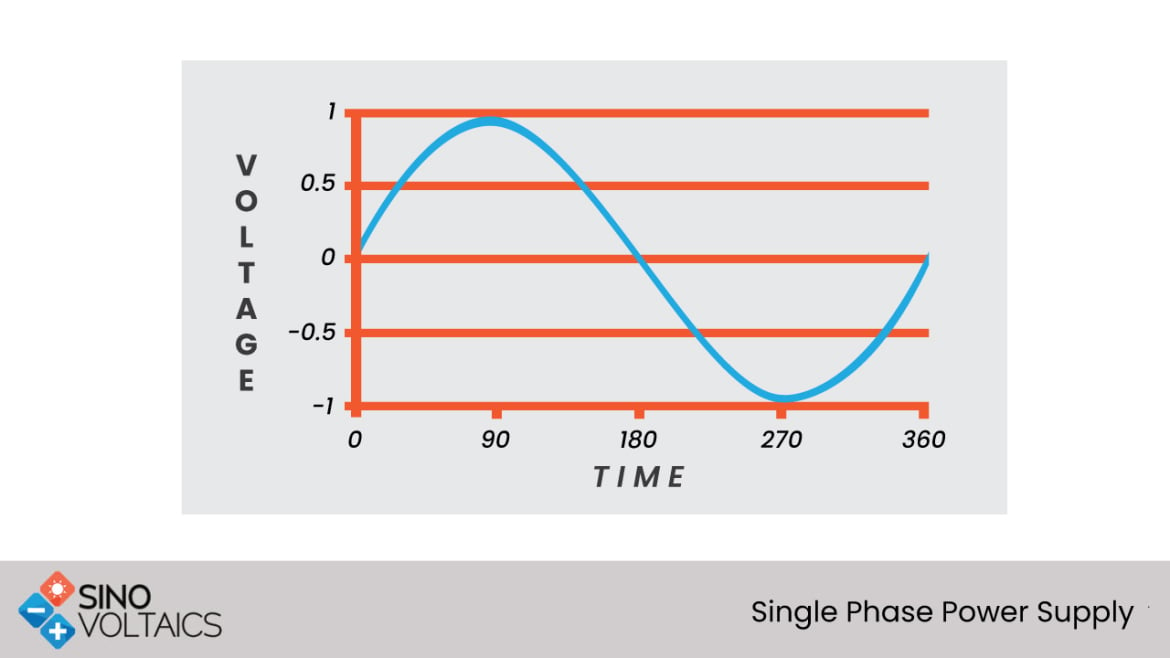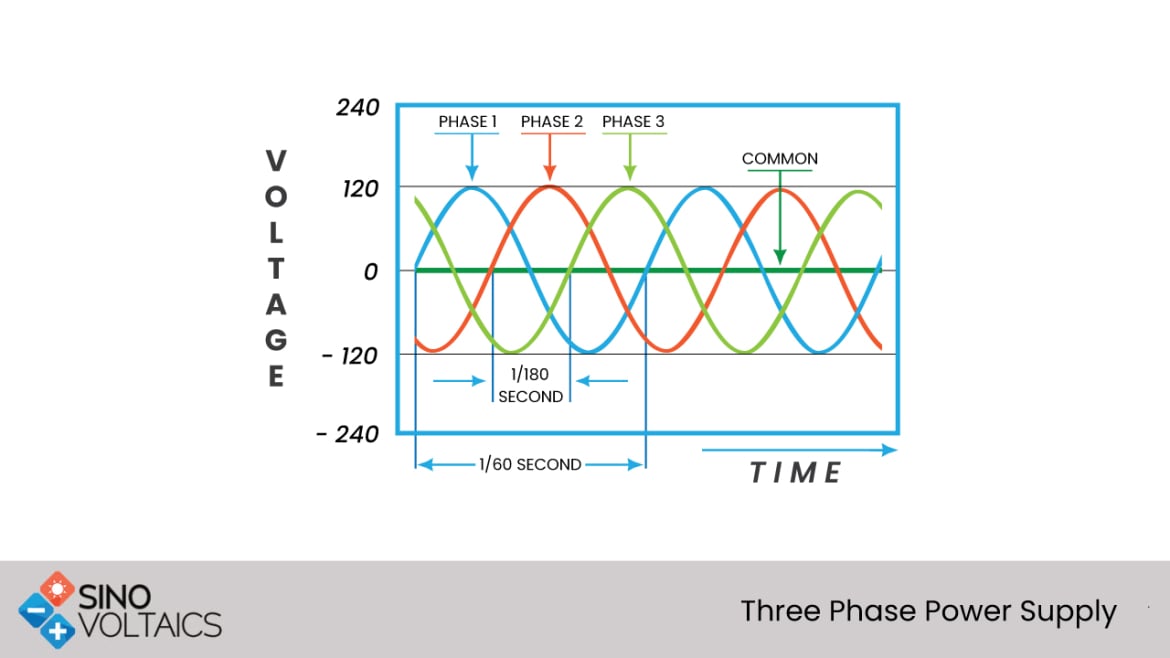Single Phase Versus Three Phase Power Supply
Introduction
Single-phase power is a two-wire AC circuit. Normally we have one power wire in single phase i.e. the phase wire and one neutral wire, with current flowing through the load between the power wire and the neutral wire. Three-phase power is a three-wire AC power circuit with each phase AC signal 120 electrical degrees apart.
Background: Single and Three-phase power
Residential homes usually use a single-phase power supply, while commercial and industrial facilities usually use a three-phase supply. An important distinction between a single-phase vs. three-phase power is that a three-phase power supply can accommodate higher loads pretty well. On the other hand, they use single-phase power supplies most commonly when loads are very basic ones like lighting or heating, rather than large electric motors. Lastly, one other important difference is that because of the peaks and dips in voltage, a single-phase power supply is not as consistent as a three-phase power supply. A three-phase power supply delivers power at a steady, constant rate. 
Summary: Differences between Single Phase and Three Phase Power
The key differences between single phase and three phases supply include the following:
- A single-phase power supply is: when the power is supplied through a single conductor. A three-phase power supply is: when the power flows through three conductors.
- A single-phase power supply has one distinct wave cycle. A three-phase supply has three distinct wave cycles.
- In Single phase: A single wire connects to the circuit. In 3-phase: 3-wires connect to circuit.
- In single phase the voltage is 230V, whereas three phase voltage is 415V.
- In single phase the name of phase is split phase, whereas three phase power has no other name.
- A three-phase power supply is more efficient. A three-phase power supply can transmit more power compared to its single-phase counterpart.
- A three-phase power supply, whether they have three wires or four, use less conductor material to produce a given amount of power than single-phase systems.
- Single phase is prone to power failure but not three phase.
- Single phase prone to maximum losses. But in three phase loss is minimum.
- Single-phase has less efficiency whereas three phase has high efficiency.
- Single-phase is less expensive. Three-phase is expensive.
- Single-phase power is for typical residential loads. A three-phase power supply is for huge industries to run heavy loads.

